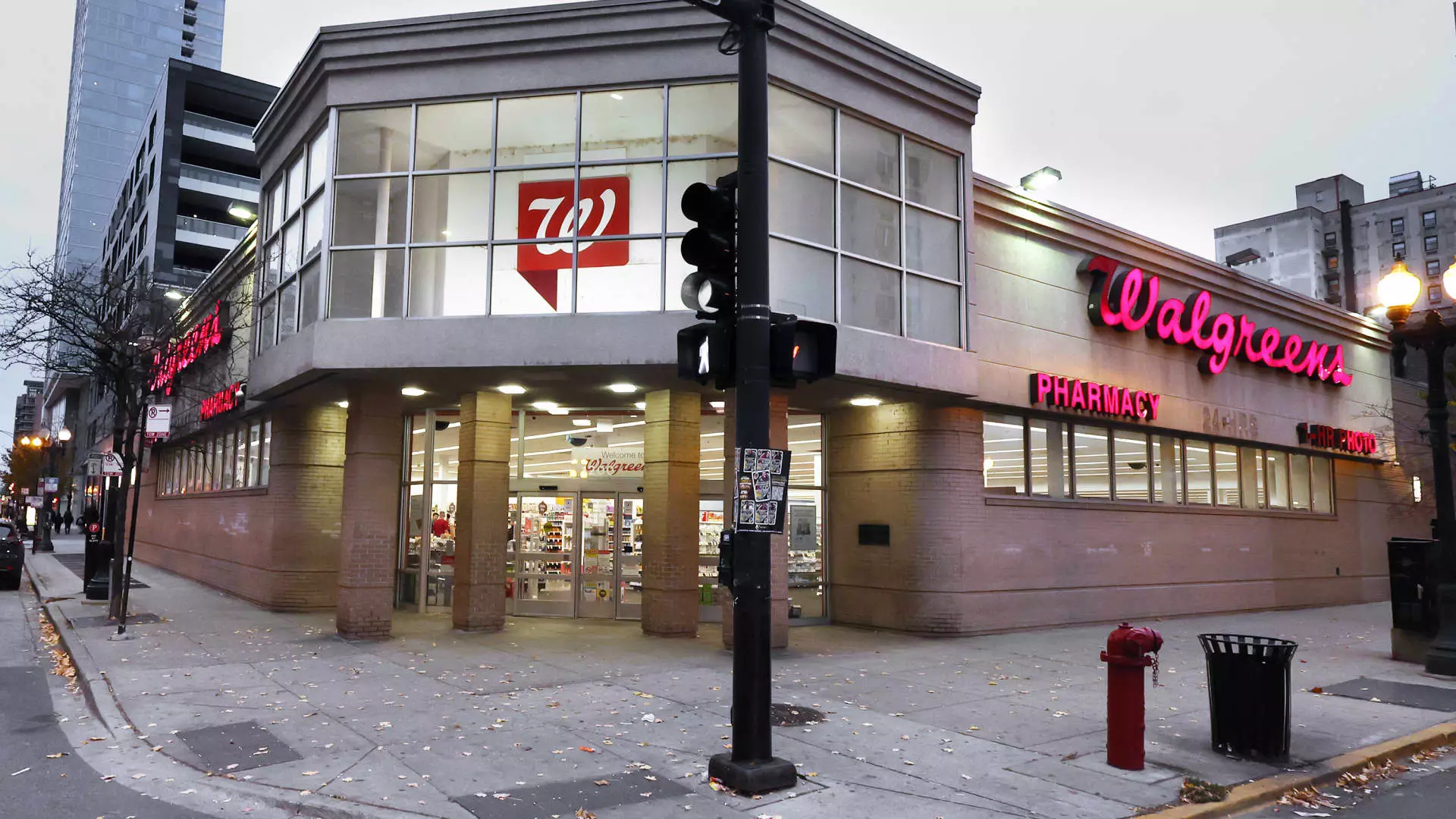Walgreens, the mainstay retail drugstore that has been part of American life since 1927, is currently undergoing a drastic transformation. The company recently reported its fiscal second-quarter earnings, showcasing earnings and revenue that, while exceeding expectations, mask deeper issues that threaten its long-term viability. Underneath the optimistic figures lies a grim reality: cost-cutting measures and store closures are the lifebuoys the company is desperately clinging to amid turbulent waters.
The initiative to go private, spearheaded by Sycamore Partners in a deal estimated at $10 billion, signifies an end of an era for Walgreens as a publicly traded entity. While some may applaud this as a strategic pivot, it raises alarms about the company’s sustainability and its strategic foresight. In a world faced with changing consumer habits, the move appears more reactive than proactive. Can Walgreens navigate its way to profitability while seemingly retreating from the public eye?
Legal Woes and Financial Pitfalls
The financial figures may suggest a glimmer of hope, yet they are overshadowed by Walgreens’ staggering losses. The company reported a net loss of $2.85 billion for the fiscal second quarter. While this loss is an improvement from the previous year’s monumental deficit, it highlights a recurring theme of instability that Walgreens cannot afford to ignore. Such legal entanglements, most notably around opioid-related settlements, have placed significant pressure on its operating cash flow. Approximately $969 million was absorbed in legal payments this quarter alone, a sum that not only indicates irresponsibility in foresight but also raises ethical questions about corporate accountability.
With community trust waning, the question remains: can Walgreens rebuild its reputation in a market that is increasingly wary of pharmaceutical giants? Legal issues aside, the $4.2 billion charge related to the reduction in value of its retail pharmacy indicates broader troubles. The company’s approach seems reactive, almost as if it is trying to sweep unmanageable issues under the rug rather than confronting them head-on and with a clear plan.
Healthcare Ventures: A Double-Edged Sword
Walgreens’ ventures into healthcare through investments in organizations like VillageMD and BrightSpring have offered a hint of optimism. In fact, the company managed to score a $1 billion profit by selling some shares in Cencora. However, these areas of expansion also serve as stark reminders of a fundamental misalignment with the core market they serve. While the push toward a broader health services model might appeal conceptually, the effectiveness of Walgreens’ adaptations remains questionable in practice.
The healthcare landscape is already crowded. Competing against established healthcare providers and agile tech-based solutions from companies like Amazon creates an uphill battle for Walgreens. Diving into healthcare as a salvation strategy could be perceived as shooting in the dark; it may work for some, but for Walgreens, it could easily result in further financial losses and operational headaches.
The Burgeoning Competition Crisis
Compounding Walgreens’ woes is the increasing competition from its closest rival, CVS, along with supermarket chains and disruptive newcomers like Amazon. As more consumers gravitate towards e-commerce and streamlined pharmaceutical solutions, Walgreens finds itself caught in a crossfire of convenience versus tradition. In a world where immediacy drives consumer behavior, the hesitation to evolve digitally or innovate effectively could cost them dearly.
While Walgreens management touts their “disciplined cost management” as the key to tackling these challenges, it raises an intriguing question: what innovations are being pursued instead of merely slashing budgets? The gap between cost-cutting and actual growth can often be vast, and with competitors innovating at a faster pace, the clock is ticking for Walgreens.
In the face of these formidable obstacles, Walgreens’ recent financial results reflect more than a simple turnaround story. They encapsulate a deeper narrative of a company in distress, balancing precariously on the edge of past debts and future endeavors. There is a pivotal shift occurring; whether Walgreens can ride this wave of transformation or be swept away remains to be seen.

